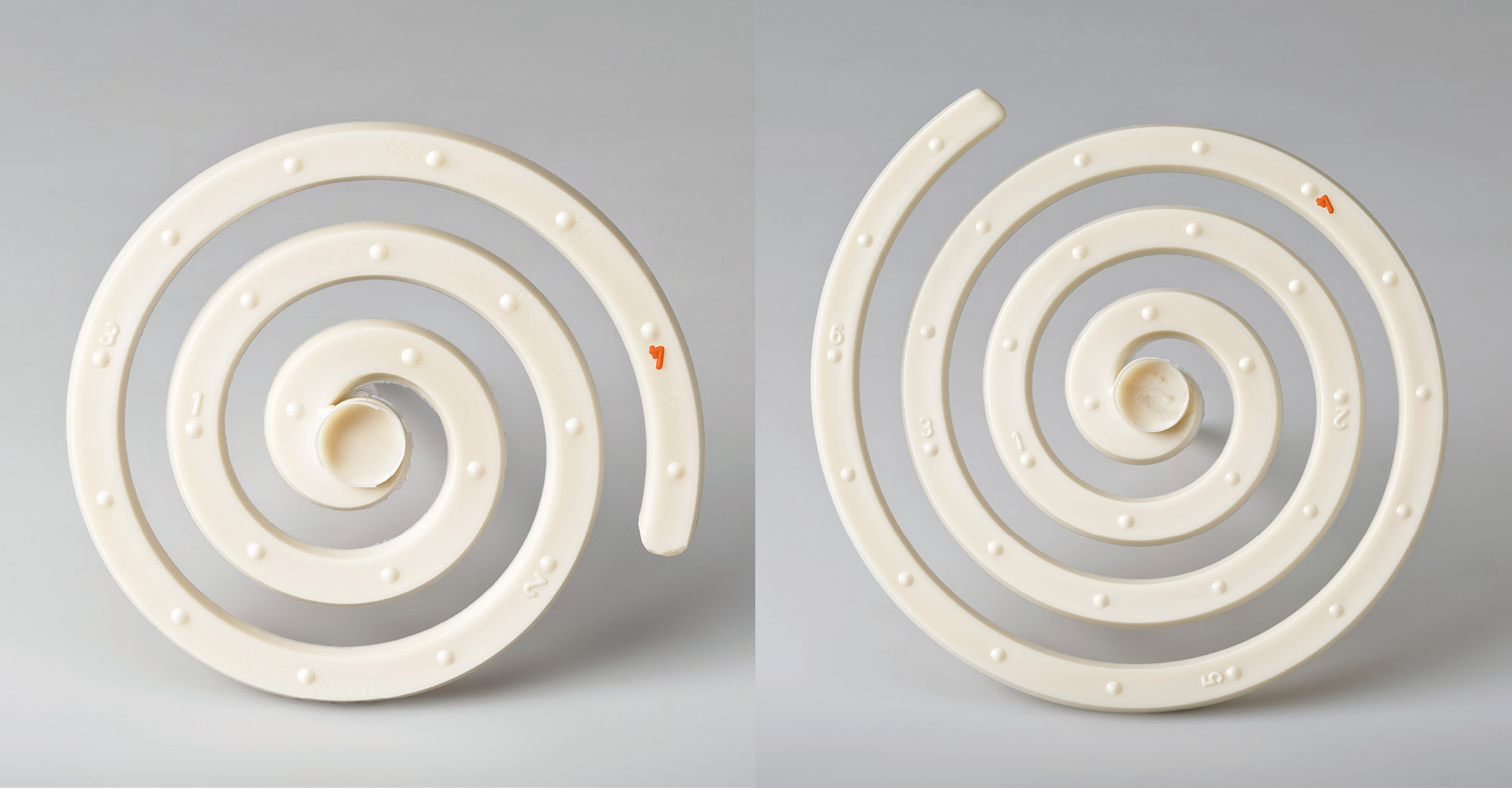Flow improvers in thermoplastics


How efficient are flow enhancer in highly filled engineering plastics, and what does this mean for my application? Highly filled thermoplastics, such as those based on polyamides (PA) or polybutylene terephthalate (PBT), are used in many applications to achieve specific properties like high mechanical performance, flame retardancy, thermal or electrical conductivity. High filler contents significantly affect the flowability of the polymeric materials, which primarily leads to challenges in processing.
The use of flow enhancers in thermoplastics, especially in polyamides (PA) and polybutylene terephthalate (PBT) with high filler content, offers various advantages. They optimize viscosity and enable better flowability. This is crucial in order to produce complex geometries and thin-walled components efficiently or to be able to fill the mold cavity at all. Flow enhancers can also help to improve the surface quality. The use of flow enhancers also minimizes the risk of defects such as air inclusions. This enhances the mechanical properties of the product and extends the range of applications for the filled plastics. In addition, flow enhancers lead to shorter cycle times and lower energy requirements in injection molding process. This contributes to greater efficiency and cost reduction in production. Regarding classic extrusion processes, flow instabilities can be reduced.
There are various flow enhancers available on the market that are based on different principles and chemical bases (e.g. styrene block copolymers). Both tailor-made flow enhancers optimized for a specific application and flow improvers with a largely universal effect are used.
As cross-manufacturer standardized comparisons of flow enhancers in common polymers and highly filled plastic compounds currently only exist to a limited extent, an independent evaluation regarding cost/performance is not yet available.
The aim of the proposed joint industrial project is to fundamentally determine and evaluate the influence of commercial flow enhancers and process conditions on the flowability of technical plastic compounds (e.g. PA6, PA66, PBT) and their effects on relevant properties (e.g. mechanics, flame retardancy, thermal conductivity, etc.). A better understanding of the performance and costs of commercially available flow enhancers will be developed. With the help of a systematic evaluation and comparison of the results, an evaluation tool will be created and made available. This evaluation tool corresponds to a matrix in which different polymers and flow enhancers are compared in terms of their effect in different application scenarios (flame retardancy, etc.).
This provides the compounder with target-oriented support in compound development so that the properties regarding application (e.g. thermal conductivity) can be enhanced while maintaining sufficient flowability needed for the processing. Plastic processors and product developers gain insights into the possibilities and limitations of flow enhancers (e.g. regarding energy and cycle time, production of thin-walled components etc.) and can thus optimize their processes on a scientific and technical basis.
Initially, a comprehensive search of literature and the market will be carried out regarding following topics
Finally, the effects on other properties (such as flame retardancy, mechanical properties, ...) are also considered and this information is included to complete the research.
An experimental program is derived based on this research and the interests of the participants. Selected plastic formulations are varied and produced by compounding. Flow curves and the melt flow rate (MFR) are recorded for all materials. In addition to recording the flow curves, the investigations of selected samples with the double capillary rheometer also serve to document any flow instabilities that may occur. Based on the results of the rheological tests, selected materials will be converted into test specimens in a downstream injection moulding process and characterized regarding relevant properties (flow spiral, tensile-elongation behaviour, UL-94 and thermal conductivity if applicable). Based on the results, the compounding and injection molding campaign will be carried out in iteration to identify relevant structure-property relationships.
About 50 compounds and associated test specimens (flow spiral, tensile-elongation behavior, UL-94 and thermal conductivity where applicable) will be produced as an experimental part of the project.
The results will be evaluated in such a way that recommendations for processing conditions and the selection of flow enhancers can be derived.
This enables injection molders to work more (energy) efficiently and reduce wall thickness in their components. Compounders can learn more about the development of customer-specific, easy-flowing plastic formulations and additive manufacturers can expand the range of applications for their own products.